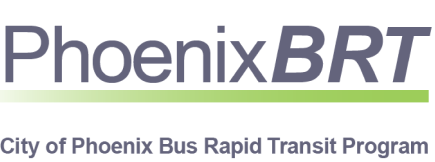Where We're Going
Check Out 35th Avenue Corridor
Want to better understand the approved BRT corridor and how it fits into your community? Take a tour using the interactive map below.
To create a system that meets the transportation needs of the community, we need to develop a comprehensive understanding of the Phoenix area’s demographic and socioeconomic characteristics. From vehicle accessibility to disabled and minority populations, the “layers” of the map provide context for why the BRT corridor is placed where it is and help inform future decisions related to station locations, amenities and the BRT buses. Learn how we analyze local transit data to help identify BRT corridors.
Check back often as we continue to define and develop more detailed information on the map!
What do these layers mean?
As you will see on the map, there are a series of layers that can be toggled on and off. Each layer defines a specific demographic or socioeconomic characteristic that comes from census data. The darker areas represent higher densities per square mile and the lighter colors represent lower densities. Full descriptions of each can be found below.
